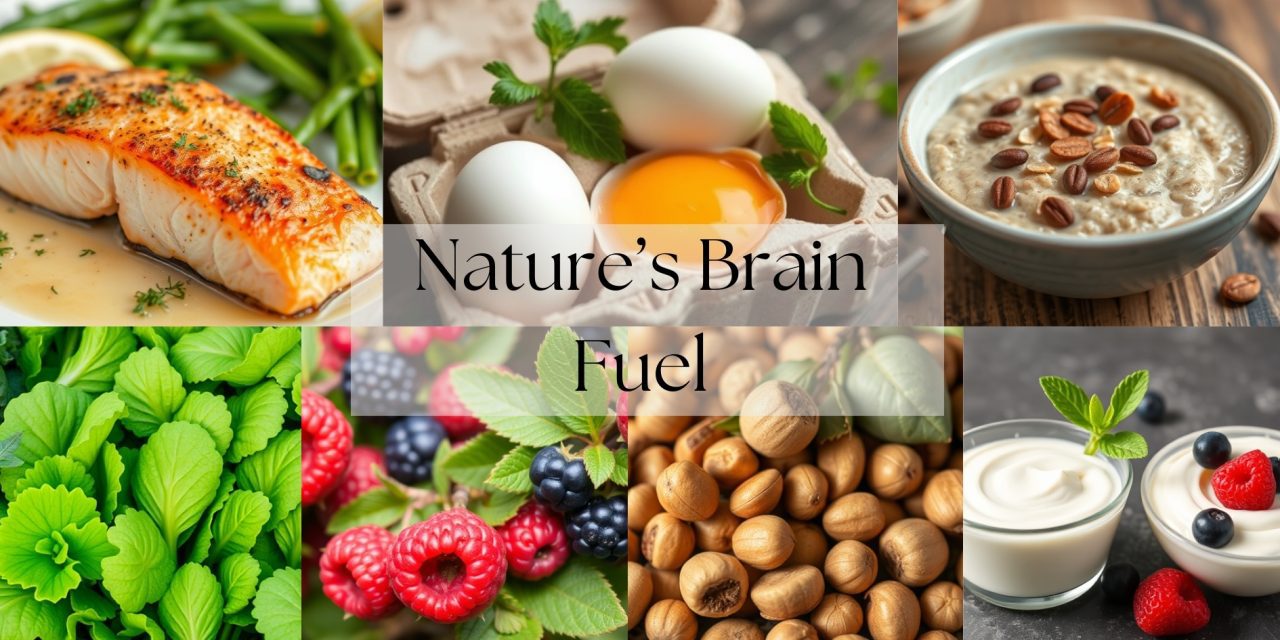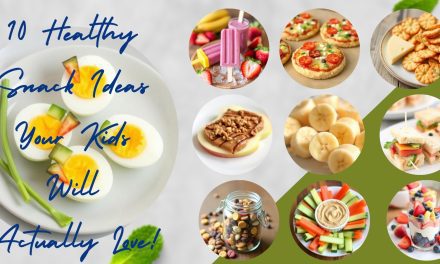No need for fancy jargon—eggs are like the quiet achievers of the food world. Packed with brain-boosting choline, high-quality protein, and nutrients, they work overtime to help your kids stay sharp and focused.
And here’s the kicker: they’re so easy to prepare, you can turn them into a meal that’ll make you feel like a genius in the kitchen (even if you’re just scrambling them). Ready to find out how this breakfast staple is secretly powering your kids' brains? Let’s get cracking!
How to Serve Eggs:
- Make scrambled eggs or an omelet packed with veggies for breakfast.
- Prepare hard-boiled eggs as an easy, portable snack.
- Add a fried egg on top of avocado toast for a nutrient-dense meal.
Eggs might get all the glory as brain food, but they're not the only ones flexing their brain-boosting muscles. Fatty fish, berries, and leafy greens are also in the mix, bringing their A-game to keep those neurons firing! Lets take a look at other brain-boosting foods:
2. Fatty Fish: A Source of Omega-3s
Fatty fish like salmon, mackerel, and sardines are loaded with omega-3 fatty acids, which are essential for brain health. Omega-3s improve memory and cognitive performance and may even help with mood regulation.
How to Serve Fatty Fish:
- Grill or bake salmon and serve it with a side of vegetables.
- Make fish tacos with mackerel or salmon.
- Offer canned sardines on crackers with a squeeze of lemon for a quick snack.
3. Berries: Sweet and Brain-Boosting
Berries like blueberries, strawberries, and raspberries are packed with antioxidants that protect brain cells and enhance memory. They’re also high in fiber, making them a healthy snack option.
How to Serve Berries:
- Add them to yogurt or oatmeal for a colorful breakfast.
- Blend them into smoothies for a refreshing drink.
- Freeze berries for a cooling snack on hot days.
4. Nuts and Seeds: Tiny but Mighty
Nuts and seeds are rich in vitamin E, zinc, and healthy fats, all of which contribute to improved brain function. They’re also a convenient on-the-go snack that kids can enjoy.
How to Serve Nuts and Seeds:
- Mix them into a homemade trail mix with dried fruit.
- Spread almond or sunflower seed butter on apple slices.
- Sprinkle chia or flaxseeds into smoothies, yogurt, or cereal.
5. Leafy Greens: Nutrient Powerhouses
Leafy greens like spinach, kale, and broccoli are packed with vitamins and antioxidants that support brain health and reduce inflammation. They’re a vital addition to any child’s diet.
How to Serve Leafy Greens:
- Blend spinach into fruit smoothies for a hidden veggie boost.
- Add kale or spinach to pasta sauces, soups, or casseroles.
- Serve roasted broccoli with a sprinkle of Parmesan cheese.
6. Whole Grains: Steady Energy for the Brain
Whole grains like oatmeal, quinoa, and whole-grain bread provide a steady release of glucose, the brain’s main source of energy. They’re also rich in fiber and B vitamins, which support overall brain function.
How to Serve Whole Grains:
- Prepare oatmeal topped with fresh fruit and a drizzle of honey for breakfast.
- Serve whole-grain sandwiches with your child’s favorite fillings.
- Use quinoa as a base for salads or bowls with lean proteins and veggies.
7. Yogurt: A Gut and Brain Booster
Yogurt is high in probiotics, which support gut health—and there’s a strong connection between a healthy gut and a healthy brain. It’s also a good source of protein and calcium.
How to Serve Yogurt:
- Layer it with granola and fruit for a quick parfait.
- Use plain yogurt as a base for smoothies.
- Add a dollop of yogurt to soups or dips for a creamy texture.
Tips for Incorporating Brain-Boosting Foods
Getting kids to eat brain-boosting foods doesn’t have to be a battle. The trick is to make healthy eating fun and delicious. Here are some clever ways to sneak these nutrient-packed foods into their meals so they’ll actually want to eat them!
- Make It Fun: Use cookie cutters to create fun shapes with fruits and veggies, or let your kids assemble their own plates.
- Get Them Involved: Let your kids help prepare meals. They’re more likely to eat foods they’ve helped create.
- Balance Is Key: Combine brain-boosting foods with other healthy options to create balanced meals that provide energy and nutrition.
The Long-Term Benefits of a Brain-Healthy Diet
By incorporating these brain-boosting foods into your child’s meals, you’re setting the foundation for improved focus, better memory, and overall well-being. These foods aren’t just beneficial for kids—they’re great for the whole family, so everyone can enjoy the health benefits.
Want to make mealtime a breeze while boosting your kid’s brainpower? Head over to Marvelus Kids for more creative ideas and resources to make healthy eating both fun and nutritious!









